The Ultimate Guide to Avoiding Spam Filters: Maximize Email Deliverability
Spam filters are sophisticated gatekeepers that can prevent your carefully crafted emails from reaching their intended recipients. Understanding how to avoid spam filters is crucial for successful email communication in both marketing and business contexts. This comprehensive guide provides actionable strategies for avoiding spam filters, improving email deliverability, and ensuring your messages consistently reach the inbox rather than being caught by spam filters.
Effective email communication depends on successfully navigating spam filters to reach your audience's inbox. By implementing proven techniques for avoiding spam filters, you can significantly improve your deliverability rates and maximize the impact of your email campaigns. Whether you're a marketer sending newsletters or a business professional sending important communications, learning how to bypass spam filters legitimately will enhance your email effectiveness.
Understanding How Spam Filters Work
Before implementing strategies for avoiding spam filters, it's essential to understand how these systems operate. Modern spam filters evaluate emails based on multiple factors:
Key Spam Filter Evaluation Criteria
Spam filters analyze emails using several sophisticated techniques:
- Content Analysis: Spam filters scan for suspicious words, phrases, and patterns commonly found in unwanted emails.
- Sender Reputation: Your domain and IP reputation significantly influence how spam filters treat your messages.
- Technical Authentication: Spam filters verify legitimacy through protocols like SPF, DKIM, and DMARC.
- Recipient Engagement: How users interact with your previous emails affects whether future messages trigger spam filters.
- Infrastructure Quality: The technical configuration of your sending infrastructure impacts spam filters.
Understanding these evaluation criteria provides the foundation for effectively avoiding spam filters and improving deliverability.
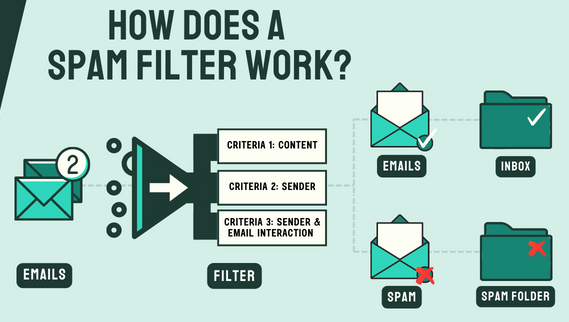
Technical Setup for Avoiding Spam Filters
The first line of defense against spam filters is proper technical authentication. These foundational elements establish your legitimacy as a sender and are crucial for avoiding spam filters.
Essential Email Authentication Protocols
Implementing these authentication methods is critical for avoiding spam filters:
1. SPF (Sender Policy Framework)
SPF helps prevent email spoofing and is essential for avoiding spam filters:
- Authorizes specific mail servers to send emails on behalf of your domain
- Reduces the likelihood of your domain being spoofed
- Significantly improves your standing with spam filters
Implementation Example:
v=spf1 include:_spf.google.com include:sendgrid.net ~all
2. DKIM (DomainKeys Identified Mail)
DKIM adds a digital signature to your emails, which is verified by spam filters:
- Confirms email authenticity through cryptographic validation
- Protects email content against tampering
- Strengthens your reputation with spam filters
Implementation Example:
v=DKIM1; k=rsa; p=MIGfMA0GCSqGSIb3DQEBAQUAA4GNADCBiQKBgQCrLHiExVd55zd/IQ/J...
3. DMARC (Domain-based Message Authentication, Reporting & Conformance)
DMARC builds upon SPF and DKIM, providing clear instructions to spam filters:
- Specifies how receiving servers should handle authentication failures
- Provides feedback reports on email authentication
- Creates a stronger framework for avoiding spam filters
Implementation Example:
v=DMARC1; p=quarantine; pct=100; rua=mailto:[email protected]
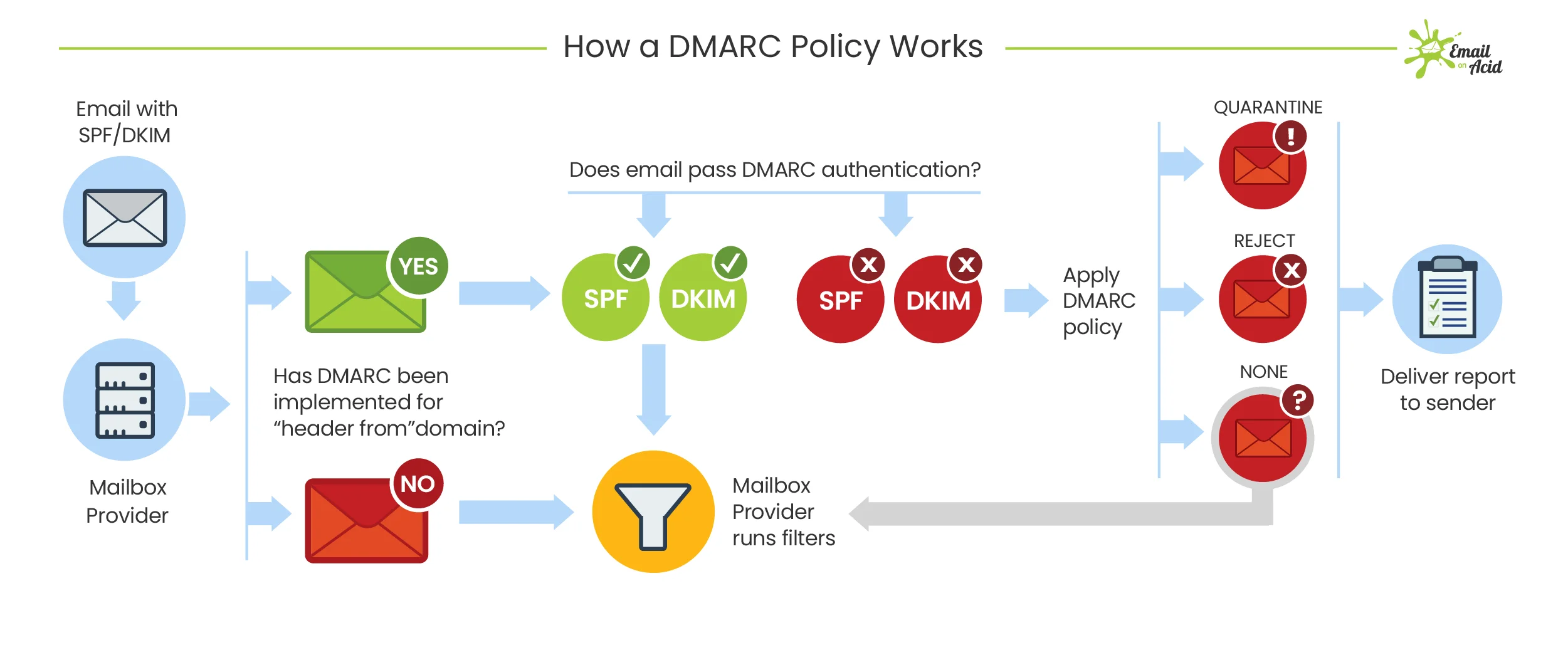
Content Best Practices for Avoiding Spam Filters
While technical setup creates the foundation, your email content plays a crucial role in avoiding spam filters. Following these content best practices helps prevent triggering spam filters through the actual message you send.
Subject Line Optimization
Subject lines significantly impact spam filters evaluation:
- Avoid excessive punctuation (!!!), ALL CAPS, or symbols in subject lines
- Eliminate spam trigger words like "free," "guaranteed," "no risk," or "urgent"
- Keep subject lines relevant to email content
- Use personalization when appropriate (but avoid fake personalization)
Examples:
❌ "FREE OFFER!!! Act NOW to claim your GUARANTEED prize!!!"
✅ "Your July Account Summary: Important Updates"
Body Content Strategies
The main content of your email must be crafted carefully to avoid triggering spam filters:
- Maintain a balanced text-to-image ratio (aim for at least 60:40 text-to-image)
- Avoid embedding entire messages as images
- Use proper HTML with clean code
- Include plain text alternatives for HTML emails
- Ensure proper spelling and grammar
- Limit the number of links (especially to different domains)
Pro Tip: "Image-heavy emails with minimal text are classic red flags for spam filters. Always include substantial, relevant text content to demonstrate legitimacy."
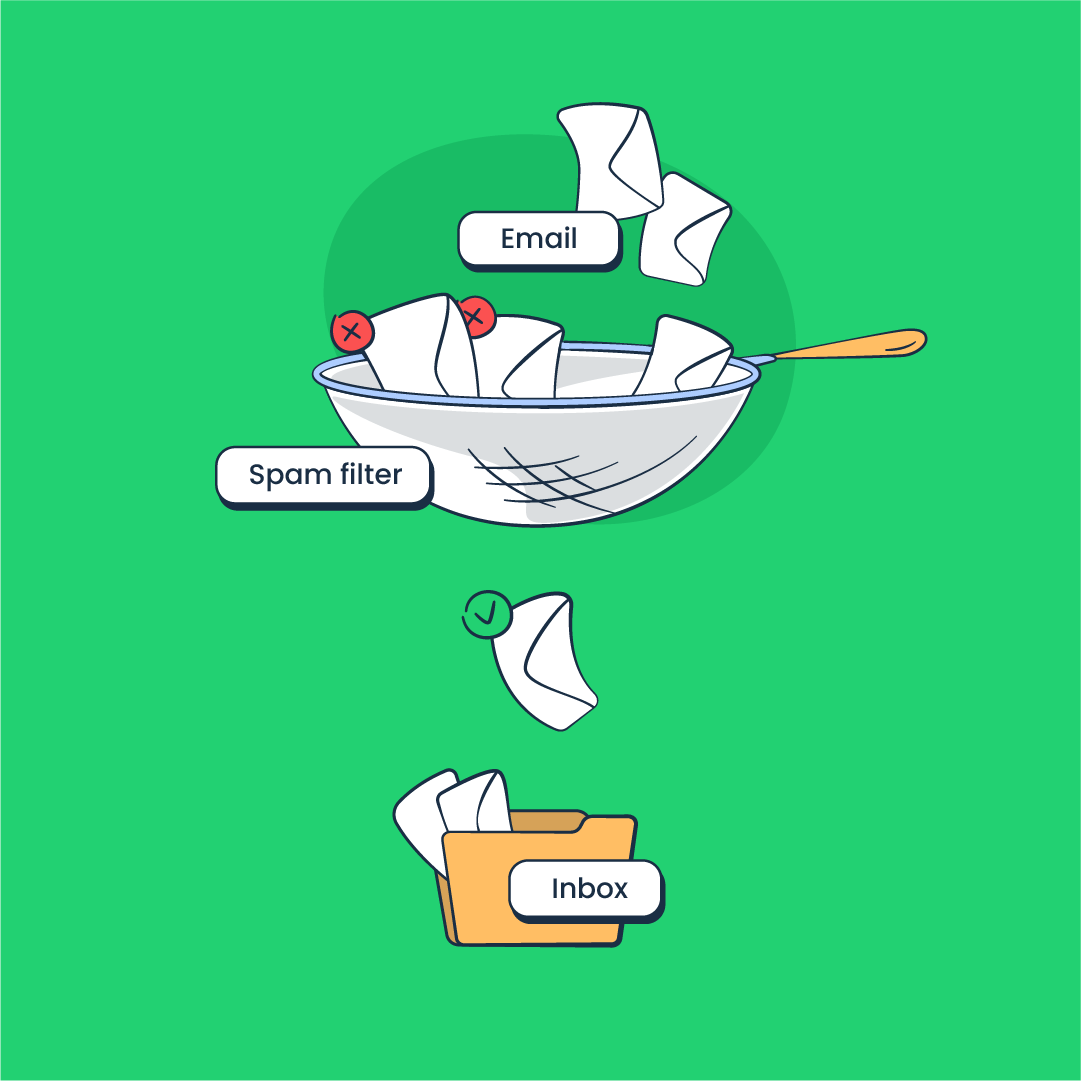
Link and Attachment Considerations
Links and attachments receive special scrutiny from spam filters:
- Use reputable link shorteners or, preferably, full URLs
- Ensure all domains you link to have good reputations
- Avoid excessive linking to the same anchor text
- Use descriptive link text rather than generic "click here"
- Minimize attachments; use cloud storage links instead when possible
- Never send executable files (.exe, .zip) via email
Example:
❌ "Click here, click here, click here for more information."
✅ "View our detailed pricing guide or explore our service options for more information."
Email Sending Practices to Avoid Spam Filters
How you manage your email list and sending practices significantly impacts whether spam filters flag your messages. These strategies focus on demonstrating legitimate sending behavior to spam filters.
List Hygiene and Management
Proper list management is crucial for avoiding spam filters:
- Regularly clean your list by removing invalid emails and non-responders
- Implement double opt-in to verify subscriber interest
- Honor unsubscribe requests immediately
- Segment your list for more targeted, relevant communications
- Never purchase email lists (a guaranteed way to trigger spam filters)
List Cleaning Schedule:
- Remove hard bounces immediately
- Address soft bounces after 3 consecutive failures
- Consider re-engagement campaigns for subscribers inactive for 6+ months
- Purge non-responders after failed re-engagement attempts
Sending Frequency and Timing
Your sending patterns influence how spam filters perceive your emails:
- Establish consistent sending schedules
- Avoid sudden spikes in volume that may trigger spam filters
- Test optimal sending times for your specific audience
- Space out large campaigns when possible rather than sending all at once
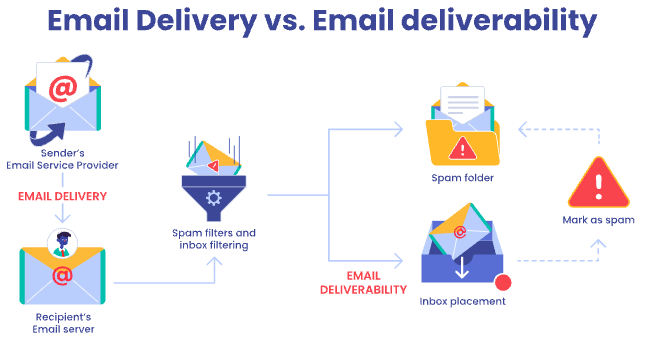
Permission and Compliance
Adhering to email regulations helps in avoiding spam filters:
- Always obtain explicit permission before sending marketing emails
- Include your physical address in every message
- Provide clear, one-click unsubscribe options
- State how you obtained the recipient's contact information
- Comply with relevant regulations (CAN-SPAM, GDPR, CASL, etc.)
Example Footer:
You're receiving this email because you signed up at [Event/Website] on [Date].
Our address: 123 Business St., City, State, ZIP
To unsubscribe, click here.
Monitoring and Testing to Avoid Spam Filters
Proactive monitoring and testing are essential for consistently avoiding spam filters. These practices help you identify and resolve potential issues before they impact deliverability.
Email Deliverability Testing Tools
Use specialized tools for testing how well you're avoiding spam filters:
- Mail-Tester: Provides comprehensive spam score analysis
- Litmus/Email on Acid: Offers inbox placement testing across providers
- GlockApps: Shows detailed spam filter results by email client
- SendForensics: Provides detailed technical and content analysis
Testing Process:
- Create your email campaign as intended
- Send a test to the deliverability tool's test address
- Review comprehensive spam score reports
- Make necessary adjustments to improve your score
- Retest until you achieve optimal results for avoiding spam filters
Bounce Rate and Complaint Monitoring
Tracking these metrics helps identify problems with spam filters:
- Monitor hard bounce rates (should be under 2%)
- Track soft bounces for patterns
- Pay special attention to spam complaints (keep under 0.1%)
- Analyze unsubscribe rates for trends
- Adjust strategies based on these indicators
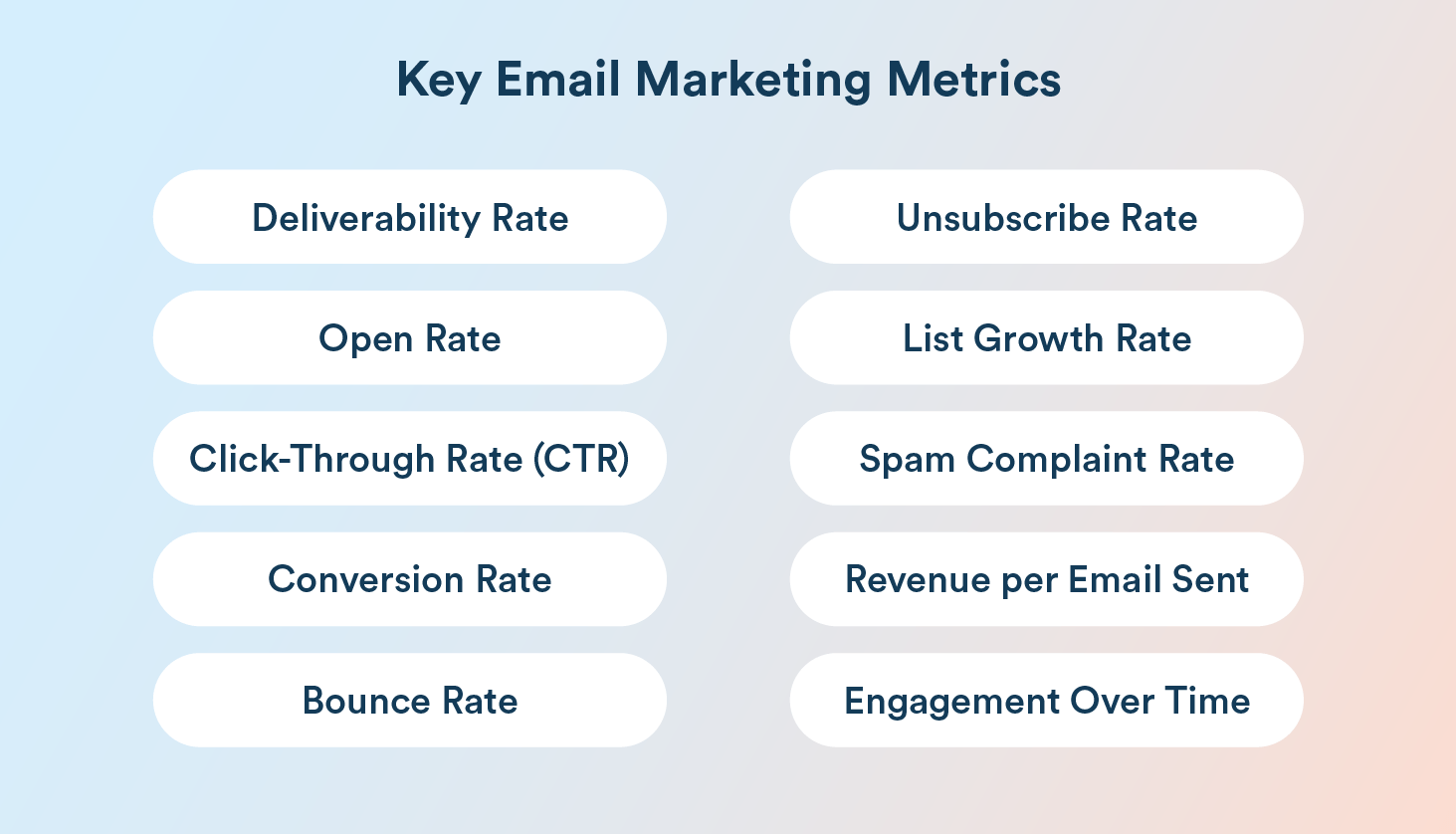
Postmaster Tools and Feedback Loops
Take advantage of services provided by major email providers for insights into your performance with spam filters:
- Google Postmaster Tools: Provides detailed data on Gmail deliverability
- Microsoft SNDS: Offers insights into Outlook/Hotmail delivery
- Feedback Loops: Sign up with major ISPs to receive spam complaints
- ReturnPath Certification: Consider certification programs that may help with avoiding spam filters
Pro Tip: "Google Postmaster Tools provides invaluable data on your domain reputation, spam rates, and authentication results specifically for Gmail, which has some of the most sophisticated spam filters."
Advanced Strategies for Avoiding Spam Filters
For those seeking to maximize deliverability, these advanced techniques provide additional layers of protection against spam filters.
Email Warm-Up and Reputation Building
Strategic warm-up helps establish sender credibility with spam filters:
- Start with small volumes to highly engaged subscribers
- Gradually increase sending volume over 4-6 weeks
- Focus on generating positive engagement signals
- Consider automated warm-up services for new domains
Warm-Up Schedule Example:
Week 1: 50-100 emails daily to most engaged subscribers
Week 2: 100-250 emails daily, expanding subscriber segment
Week 3: 250-500 emails daily, continuing expansion
Week 4: 500-1000 emails daily, including less engaged subscribers
Weeks 5-6: Gradually increase to full volume
Email Client-Specific Optimizations
Different email clients have unique spam filters with specific considerations:
- Gmail: Focus on engagement metrics and consistent sending
- Outlook: Pay special attention to authentication and content quality
- Yahoo: Be especially careful with HTML code quality
- Corporate Filters: Consider more conservative content approaches
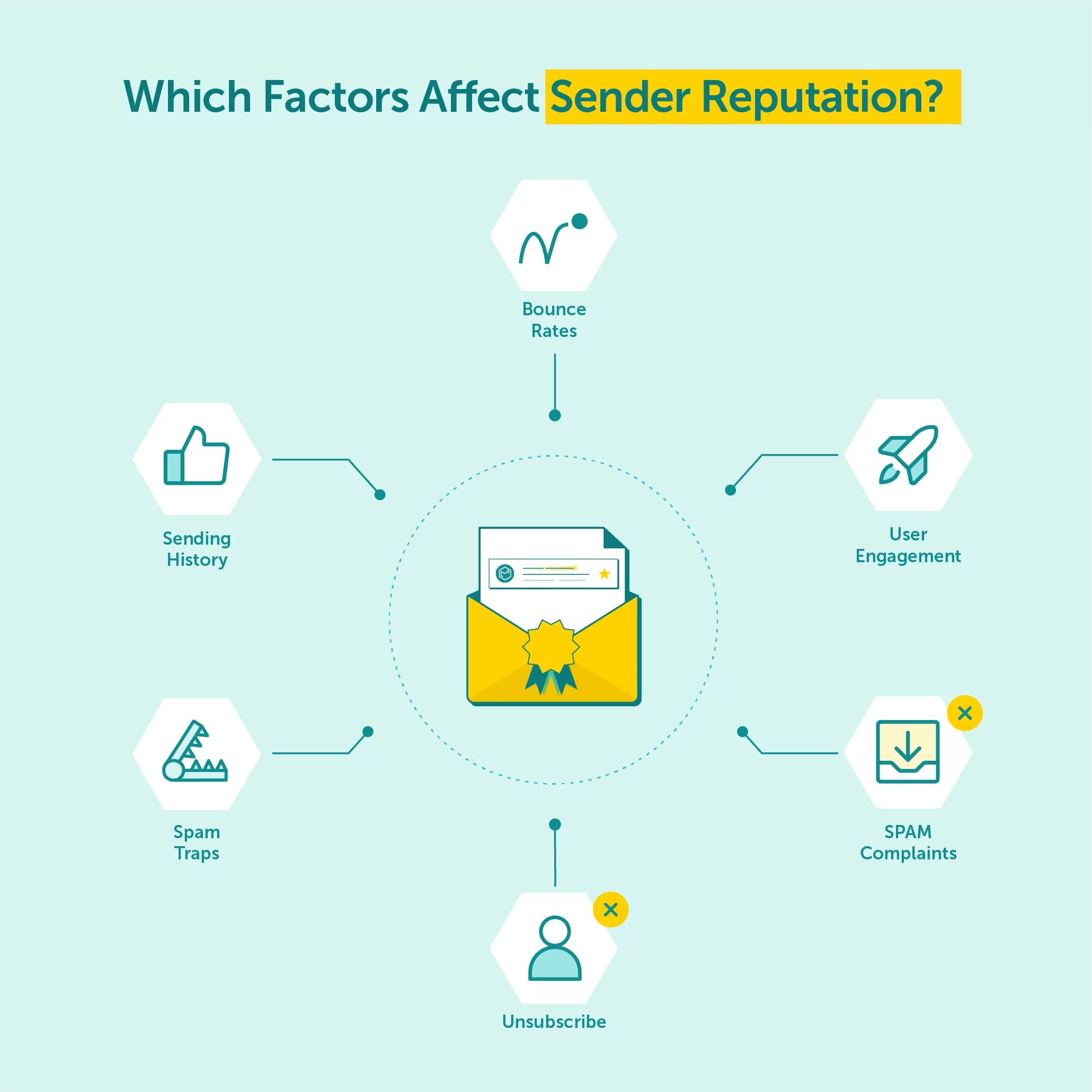
AI and Machine Learning Considerations
Modern spam filters increasingly use AI to detect unwanted messages:
- Vary your email templates regularly to avoid pattern recognition
- Personalize content to create unique variations
- Test emails against AI-powered spam filters
- Keep updated on evolving AI capabilities in spam filters
Common Mistakes That Trigger Spam Filters
Avoid these frequent errors that commonly trigger spam filters:
Content Red Flags
These content elements frequently trigger spam filters:
- Excessive use of sales language or hype
- Too many exclamation points or question marks
- Overuse of terms like "free," "guaranteed," or "no risk"
- Deceptive subject lines that don't match content
- Poor spelling and grammar
- All-image emails with minimal text
Technical Mistakes
These technical errors can cause problems with spam filters:
- Missing or incorrect authentication records
- Sending from newly created domains without warm-up
- Using shared IPs with poor reputations
- Broken or missing unsubscribe functionality
- Improperly coded HTML with errors
Sending Behavior Issues
These sending practices often trigger spam filters:
- Sudden, unexpected increases in volume
- High bounce rates from unsanitized lists
- Ignoring spam complaints
- Continuing to email disengaged subscribers
- Purchasing email lists
- Hiding sender identity or using deceptive "from" names
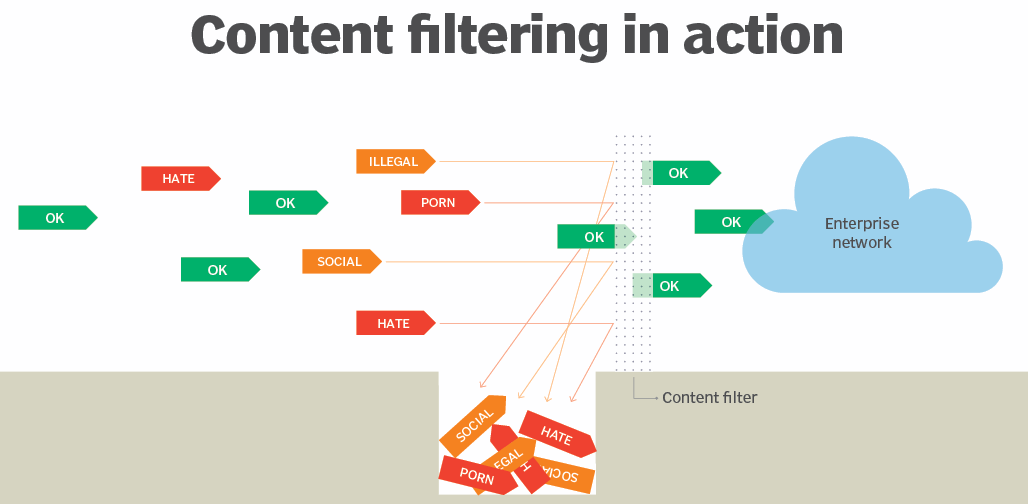
Conclusion: Creating a Holistic Approach to Avoiding Spam Filters
Successfully avoiding spam filters requires a comprehensive strategy that addresses technical setup, content quality, sending practices, and continuous monitoring. By implementing the techniques outlined in this guide, you can significantly improve your email deliverability and ensure your messages consistently reach the intended recipients' inboxes.
Remember that avoiding spam filters is not about trying to trick the system but rather about demonstrating that you're a legitimate sender following best practices. As spam filters continue to evolve, maintaining adherence to these principles will help ensure long-term deliverability success.
By implementing this ultimate guide to avoiding spam filters, you'll not only improve your immediate delivery rates but also build a sustainable email program that maintains strong performance over time.
Ready to improve your email deliverability? EffiMail provides advanced tools for avoiding spam filters and maximizing inbox placement. Try our free deliverability assessment today!








